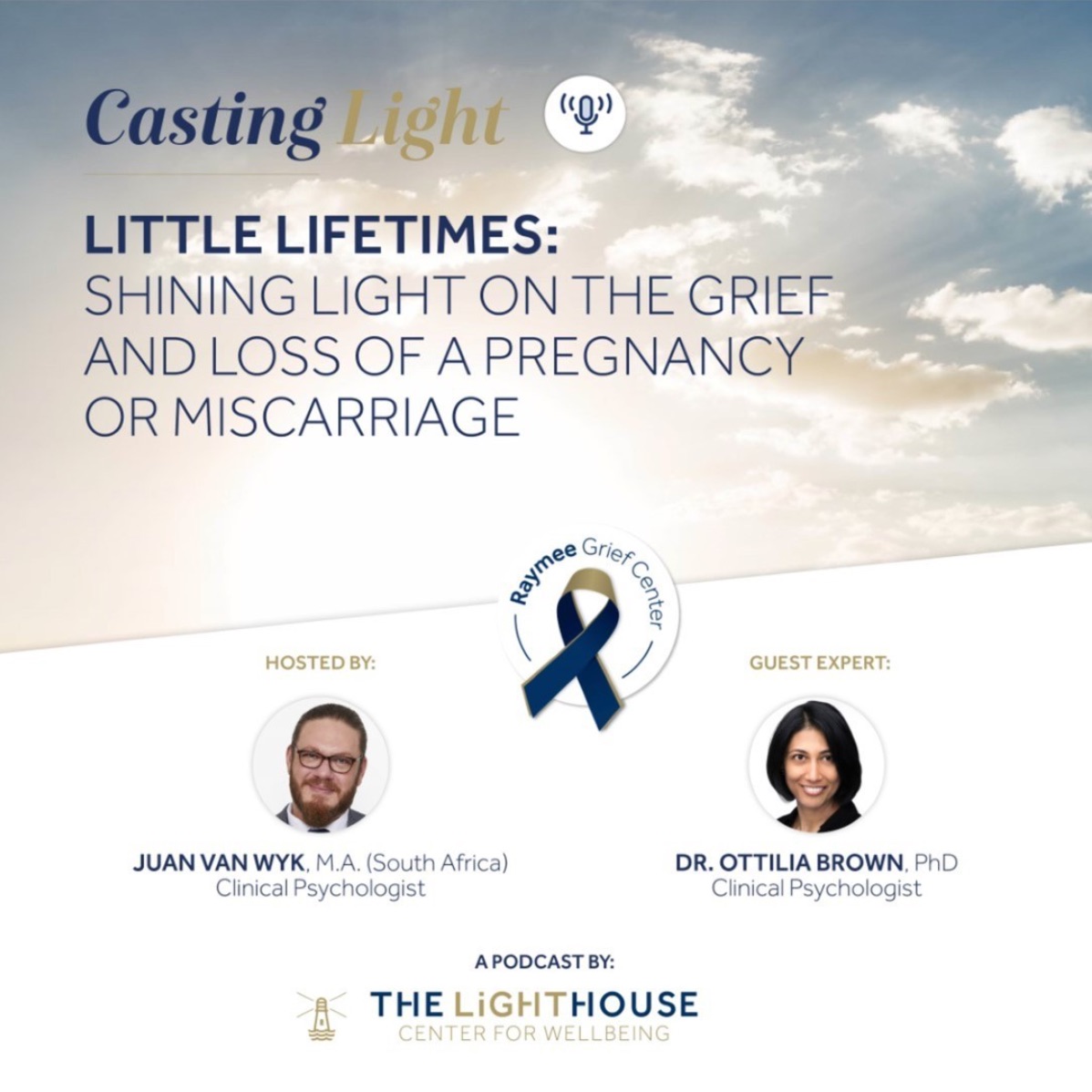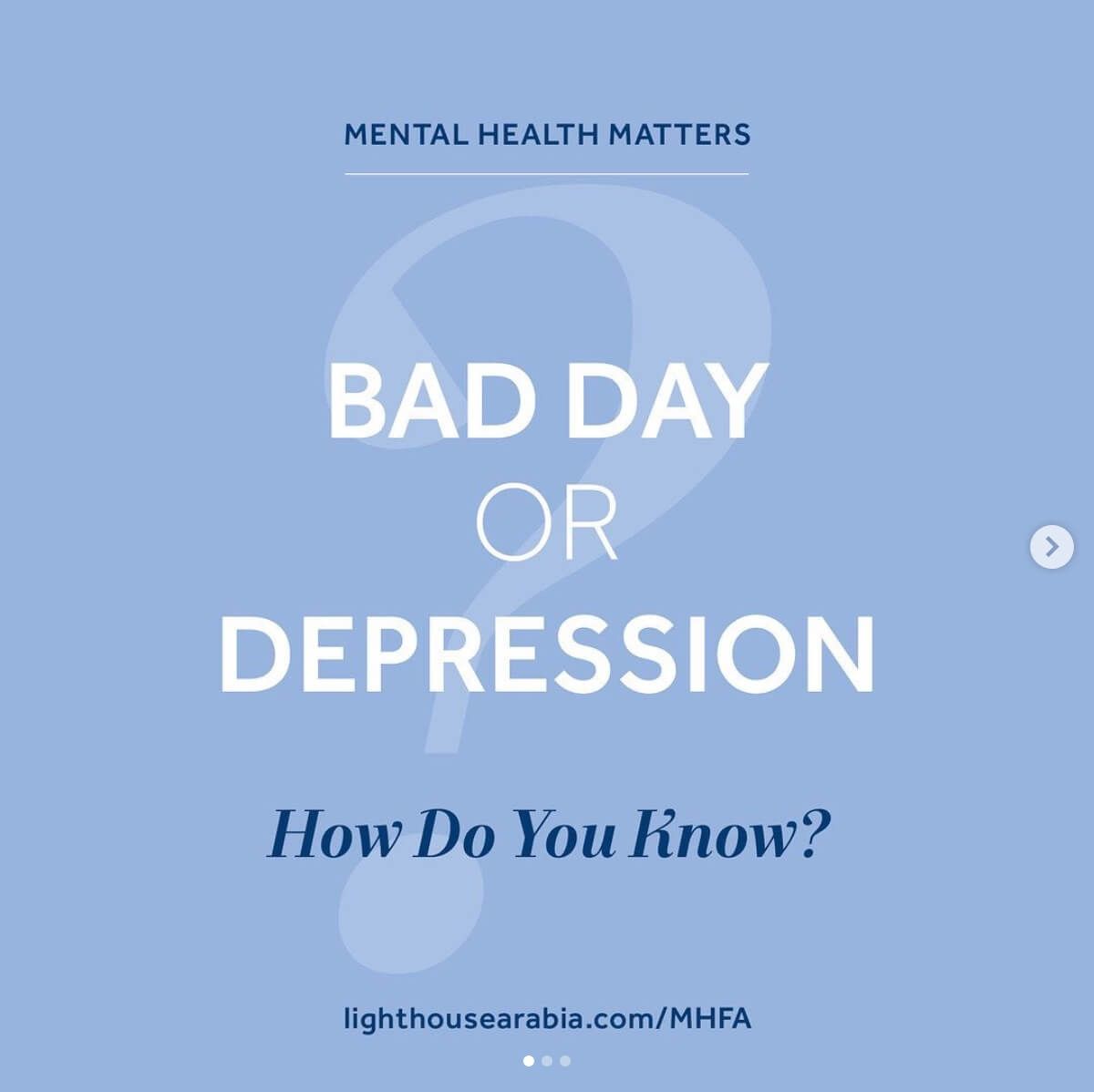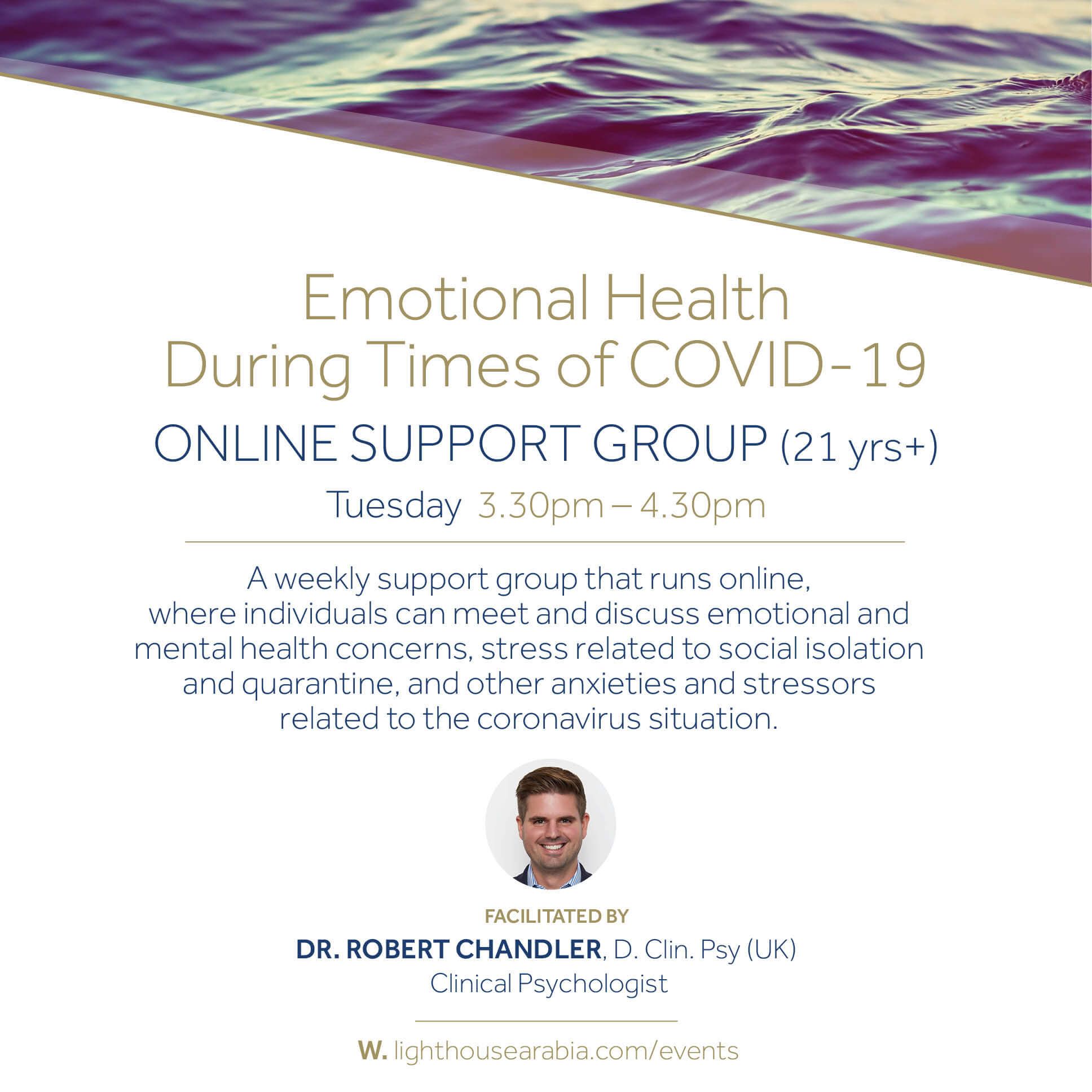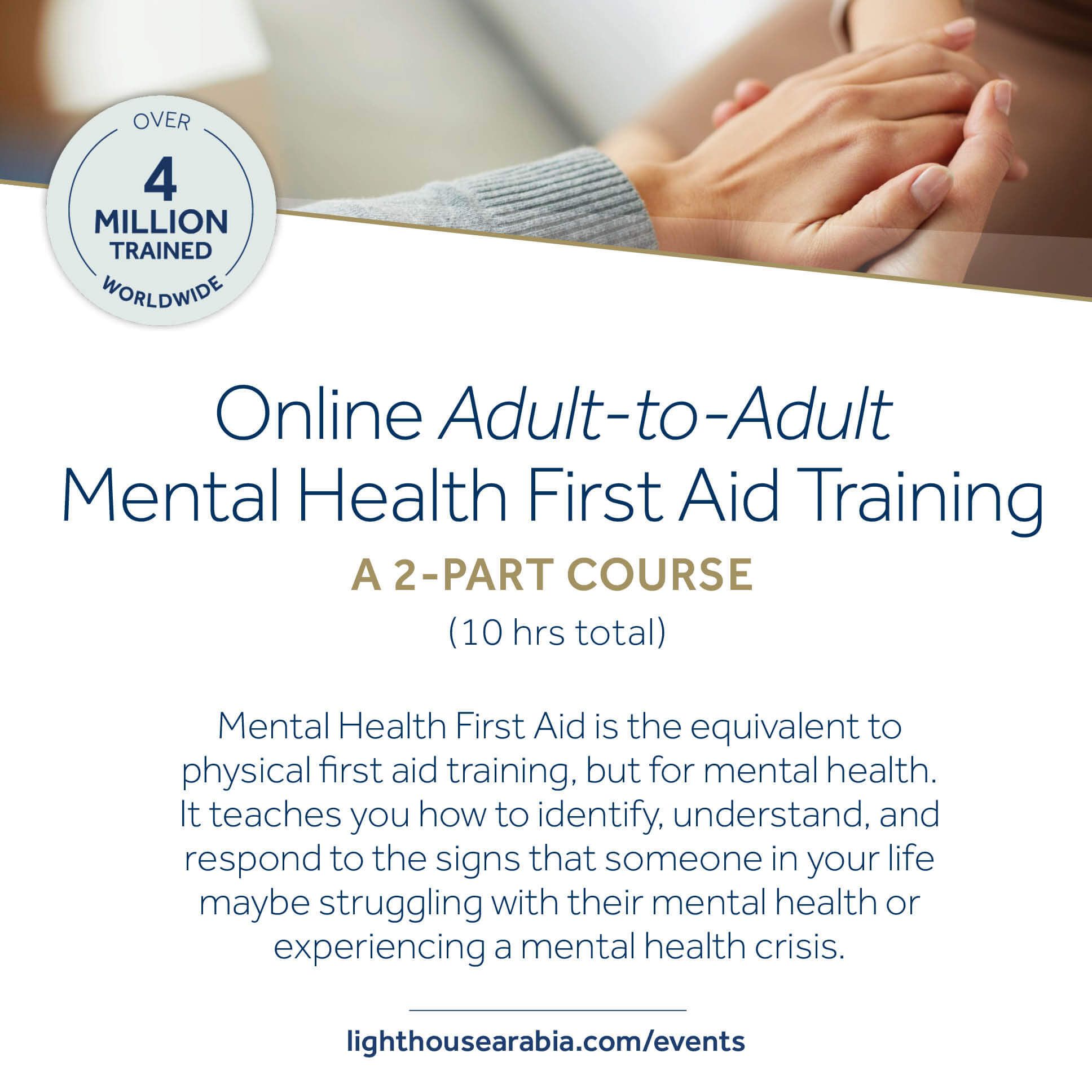The Sensory Profile 2 is a set of norm-referenced, standardized questionnaires designed to assess the sensory processing patterns of children from birth through 14 years, 11 months in in the context of home, school, and community-based activities. The information obtained from the Sensory Profile 2 is very useful for determining what sensory systems the child may be having difficulty processing, as well as overall information on how the child is interpreting sensory information, adapting to sensory stimuli in the environment, and reacting to or participating in daily activities.
Assessment (Children)
What is it?
The purpose of an assessment is to build an accurate picture of an individual’s strengths and challenges. For your child, this could include cognitive strengths and weaknesses, exploring possible learning difficulties, examining intellectual giftedness, diagnosing a particular neurodevelopmental or mental health condition, or gaining a deeper awareness into their personality style and traits.
From this information, we are able to provide specific recommendations which are tailored to the child. This can range from environmental adaptations such as extra time in exams, activities you can practice at home to improve upon a skill such as brain training, or specific recommendations for psychological therapy.
Who needs it?
Whether your child is struggling with a particular difficulty, or you simply want to deepen your personal awareness and understanding, an assessment enables you to gain a more accurate and detailed account of individual functioning within a particular area. Our specialist assessment team provides a range of standardized assessment options across the lifespan for children, adolescents and adults.
For Adult Assessments, please see here
Every assessment at The LightHouse Arabia is carefully tailored to the individual and their particular needs. Please see below for further information about the various types of assessments we offer for children and adolescents.
Types of Assessments for Children and Adolescents
-
Psycho-Educational Assessment
-
Neuropsychological or Diagnostic Assessment
-
Emotional and Behavioral Assessment
-
Comprehensive Occupational Therapy Assessment
Psycho-Educational Assessment
IQ and Academic Testing
IQ testing is a core component of assessments with children and adolescents from 4 years old and above.
Our intellectual functioning impacts every aspect of our lives, from learning and working, to socializing and engaging in our favorite hobbies. For your child, comprehensive IQ testing will shine a light on how their brain functions, highlighting strengths and weaknesses.
Following the IQ test, a licensed psychologist will talk you through the results providing you with a 360 overview of your child’s intellectual functioning. You will receive a written report with a summary and actionable recommendations. With this knowledge, you will have the ability to understand and reflect, showing you areas that will benefit from focus for your child’s development and how to play to their strengths.
Similarly, in order to provide an overview of a child’s academic functioning, comprehensive testing of their abilities in reading, writing, spelling and math will be required. This will help parents, teachers and the child understand his/her profile of strengths and weaknesses and whether any learning support or accommodations in the school environment would be necessary to more effectively facilitate their learning.
Neuropsychological/Diagnostic Assessment
If your child finds a particular area challenging such as: concentration, inattention, difficulties with reading, writing or numbers, memory problems or social communication difficulties, then a diagnostic assessment may be useful.
This is a detailed clinical evaluation to determine whether an individual meets the criteria for a particular diagnosis. From this information, we can generate appropriate treatment recommendations and if appropriate, educational adaptations. For example, an individual with a diagnosis of Attention Deficit Hyperactivity Disorder (ADHD) may be entitled to extra time during exams and/or additional learning support in school, college or university.
Common concerns for diagnostic assessment include:
-
Attention Deficit Hyperactivity Disorder (ADHD)
-
Intellectual Disability or Specific Learning Disorders in Reading, Writing and Math
-
Autistic Spectrum Disorder (ASD)
-
Traumatic Brain Injury
-
Epilepsy
-
Mental Health Difficulties (such as anxiety or depression)
Our diagnostic assessments always include the following three areas at a minimum:
-
IQ testing (intellectual functioning)
-
Achievement abilities (reading, writing and math)
-
Behavioral, emotional and social functioning
Depending on the nature of the difficulties, further assessment tools may be administered in the following areas:
-
Attention functioning
-
Executive functioning (ability to plan, organize, sustain attention and inhibit
responses)
-
Memory functioning
-
Speech and language assessment (including social communication assessment)
-
Autistic Spectrum Disorder Assessment
-
Personality testing
-
Child Attachment Assessment
Emotional Functioning/Personality Assessment
If you are interested in learning more about your child’s emotional, social and behavioral functioning, we offer a range of specialist psychological assessments designed to measure these aspects of an individual’s abilities.
These assessments are helpful when wanting to understand your child or adolescent better, and also as a method to understand a particular difficulty in more detail and to generate treatment recommendations.
We have access to the latest empirically supported measures of personality and emotional, social and behavioral functioning for children and adolescents.
Common requests for assessments:
-
Mental Health Assessment (including anxiety, mood, psycho features, eating and personality disorders)
-
Personality Assessment
-
Challenging behavior (including conduct problems and sexualized behavior)
-
Child Attachment (we offer a formal assessment for children ages 3-10 years old)
Comprehensive Occupational Therapy Assessment
Our Occupational Therapy assessments are both standardized and non- standardized. In some cases, a combination of standardized and non-standardized testing is appropriate. Data gathered during testing provides essential information
needed for planning intervention as well as gathering and tracking the progression of skills (i.e., outcome measures).
Please see below information regarding assessment options:
- Dynamic Assessment: Commencing therapy directly postan OT screening. During the first 2-3 sessions (60-minutes each), our Occupational Therapist will complete a dynamic assessment and set intervention goals. Following the dynamic assessment, verbal feedback is provided in a caregiver feedback session where session frequency is recommended.
-
Summary Assessment: Recommended if a specific developmental area is being tested (e.g. sensory processing). Our Occupational Therapist will complete 60- minutes of 1:1 testing and a written report of the key findings and caregiver feedback session will be provided. Frequency of therapy is recommended post assessment.
-
Comprehensive Assessment: This is a 2-hour assessment across Occupational Therapy developmental areas. It includes a detailed written report of the assessments used, findings, recommendations, and a caregiver feedback session. Frequency of therapy is recommended post-assessment.
Standardized OT Assessments used
The Sensory Profile TM 2
Beery-Buktenica Developmental Test of Visual-Motor Integration- 6th Edition
This standardized test is designed to identify deficits in visual perception, fine motor skills, and hand-eye coordination. It can be administered to individuals from 2 years through young adulthood.
Bruininks-Oseretsky Test of Motor Proficiency- 2nd Edition (BOT-2)
This standardized assessment uses engaging, goal-directed activities to measure a wide array of motor skills in individuals ages 4 through 21. The BOT-2 uses a subtest and composite structure that highlights motor performance in the broad functional areas of stability, mobility, strength, coordination, and object manipulation. It is used as a screening device for the intervention of activities, assessing academic readiness in young children.
The Miller Function & Participation Scales (M-FUN)
This norm-referenced tool is designed to assess children aged 2:6 years to 7:11 years who may have mild to moderate developmental delays in functional motor abilities in the areas of Visual Motor Skills, Fine Motor Skills and Gross Motor Skills. This tool assesses a child’s functional performance primarily related to school participation.
Clinical Observations of Motor and Postural Skills - 2nd Edition (COMPS)
This screening tool is designed to identify subtle, developmental motor coordination problems or dyspraxia in children aged 5-15 years. It is based on six of the Clinical Observations developed by Dr. A. Jean Ayres to supplement information received from standardized tests. It offers standardized administration procedures and generates a score to help identify a number of subtle motor coordination problems in children.
Peabody Developmental Motor Scales- 2nd Edition (PDMS–2)
This standardized assessment combines in-depth assessment of gross and fine motor skills of children from birth through 5 years.
Test of Visual Perceptual Skills- 4th Edition (TVPS-4)
This standardized test assesses visual-perceptual strengths and challenges, using a response format suitable for all children, including those with disabilities aged 5-21 years.
Child & Adolescent Assessments Used
Intellectual Functioning
Wechsler Preschool & Primary Scale of Intelligence - Fourth UK Edition (WPPSI-IV UK)
An innovative, reliable and valid measure of cognitive development for young children. This test is made up of a number of short tasks, which are organized to measure different aspects of intellectual ability. The resulting scales give an idea of a child’s cognitive strengths and areas of weakness.
Age: 2 years 6 months to 7 years 7 months Time: 90 mins
Wechsler Intelligence Scale for Children 5th Edition (WISC-V)
Wechsler Intelligence Scale for Children® Fifth Edition (WISC®-V) is an intelligence test that measures a child’s intellectual ability and 5 cognitive domains that impact performance.
This test is made up of a number of short tasks, which are organized to measure different aspects of intellectual ability. The resulting scales give an idea of a child’s cognitive strengths and areas of weakness in terms of verbal comprehension, visual spatial and fluid reasoning, working memory and processing speed. It also generates a full scale IQ (FSIQ) score which is considered the best indication of a child’s general intellectual abilities.
Age: 7-16 years
Time: 90-150 minutes
Wechsler Adult Intelligence Scale - Fourth Edition (WAIS-IV)
The Wechsler Adult Intelligence Scale Fourth Edition (WAIS-IV) is the most advanced and widely used adult measure of cognitive and intellectual ability. It provides you with the most advanced measure of cognitive ability in adults. It generates a full-scale IQ (FSIQ) which is considered the best indication of an individual’s general intellectual abilities.
Age: 16 years +
Time: 90-150 minutes
Academic Abilities
Wechsler Individual Achievement Test - Third Edition (WIAT-III)
Wechsler Individual Achievement Test Third Edition (WIAT®-III) is an individually administered achievement test to measure basic and broad skills for reading, writing, and math. The WIAT-IIl provides a reliable assessment of reading, language and numerical attainment in one test. There are sixteen subtests included in the WIAT, and they are broken down to measure listening, speaking, reading, writing, and mathematical skills.
Age: 4 to 25 years 11 months
Time: 130 mins
Woodcock-Johnson Test of Cognitive Abilities - Fourth Edition (WCJ-IV)
Similar to WIAT-III, the Woodcock Johnson Tests of Achievement tests an individual’s strengths and weaknesses across three academic skills: reading, writing, and math.
Age: 2 to 80 years
Time: 130 mins
Executive Functioning
Delis-Kaplan Executive Function SystemTM (D-KEFSTM)
The Delis-Kaplan Executive Function SystemTM (D-KEFSTM) is the first standardized set of tests to evaluate higher level cognitive functions in both children and adults. It provides a comprehensive assessment of higher-level thinking and cognitive flexibility.
Age: 8 years to 89 years
Time: 45 minutes
NEPSY - Second Edition (NEPSY-II)
NEPSY®-II results provide information relating to attention and executive functions, language and communication, sensorimotor function, visuospatial function and learning and memory in children up to 16 years old.
Age: 5 years to 16 years
Time: 45 minutes
Social Communication
Autism Diagnostic Observation Schedule
The ADOS-2 is a semi-structured assessment of communication, social interaction, and play (or imaginative use of materials) for individuals suspected of having autism or other pervasive developmental disorders. The ADOS consists of standardized activities that allow the examiner to observe the occurrence or non-occurrence of behaviors that have been identified as important to the diagnosis of autism and other pervasive developmental disorders across developmental levels and chronological ages. The ADOS provides a 45- 60 minute observation period during which the examiner presents the individual being assessed with numerous opportunities to exhibit behaviors of interest in the diagnosis of autism through standard 'presses' for communication and social interaction. 'Presses' consist of planned social occasions in which it has been determined in advance that behavior of a particular type is likely to appear.
Age: 1 year to Adulthood
Time: 120 minutes
Memory
The Children's Memory ScaleTM (CMS)
The Children's Memory ScaleTM (CMS) is used to assess a child’s memory abilities by comparing memory and learning to ability, attention, and achievement.
Age: 5-16 years
Time: 30 minutes
Wechsler Memory Scale - Fourth Edition (WMS-IV)
Wechsler Memory Scale® Fourth Edition (WMS®-IV) is the most widely used scale of adult memory. Assess verbal and non-verbal memory abilities in young to older adults.
Age: 18 years +
Time: 150 minutes
Emotional, Behavioral and Social Functioning
Behavior Assessment System for Children | Third Edition (BASC-3)
A comprehensive set of rating scales and forms, the BASC-3 helps you understand the social, emotional, or behavioral concerns for children and adolescents.
Age: 2-21 years
Time: 60 minutes
The Conners 3rd EditionTM
The Conners 3rd EditionTM is a thorough assessment of attention-deficit/hyperactivity disorder (ADHD) and its most common comorbid problems and disorders in children and adolescents aged 6 to 18 years. It is a multi-informant assessment that takes into account home, social, and school settings, with rating forms for parents, teachers, and youth.
Age: 6 to 18 years
Time: 30 minutes
Thematic Apperception Test
Thematic Apperception Test reveals some of the dominant drives, emotions, conflicts, and complexities of an individual’s personality.
Age: 5 to 79 years
Time: 60 minutes
Story Stem Assessment Profile
The SSAP is a clinical and non-intrusive tool for examining young children’s mental representations of attachment and relationships.
Age: 4 - 10 years
Time: 60 minutes
Personality Tests
The Minnesota Multiphasic Personality Inventory®-2
The Minnesota Multiphasic Personality Inventory®-2 is the most widely used and researched test of adult psychopathology. Assisting diagnosis of mental disorders and selection of appropriate treatment methods, the MMPI®-2 test meets mental health professional assessment needs.
Age: 14 - 18 (Adolescent Version), 18 - 80 (Adult Version)
Time: 60 minutes
Rorschach Inkblot Test
Rorschach® is the most widely used projective test in diagnosing and treating individuals with a variety of psychological problems and psychiatric disorders.
Age: 16 years+
Time: 60 minutes
Thematic Apperception Test
Thematic Apperception Test reveals some of the dominant drives, emotions, conflicts, and complexities of a client’s personality.
Age: 5 to 79 years
Time: 60 minutes
Roberts-2
Helps evaluate a child's social understanding and conflicts by using a unique free narrative storytelling format.
Age: 6 to 18 years
Time: 60 minutes
Speech & Language Assessment Tools
Preschool Language Scale- fifth edition (PLS-5)
The Preschool Language Scale (PLS-5) is designed for use with children aged birth through 7;11 to assess language development and identify children who have a language delay or disorder. The test aims to identify receptive and expressive language skills in the areas of attention, gesture, play, vocal development, social communication, vocabulary, concepts, language structure, integrative language, and emergent literacy. The PLS-5 aids the clinician in determining strengths and weaknesses in these areas in order to determine the presence and type of language disorder (e.g. receptive, expressive, and mixed), eligibility for services and to design interventions based on norm-referenced and criterion referenced scores.
Clinical Evaluation of Language Fundamentals- fifth edition (CELF-5)
The Clinical Evaluation of Language Fundamentals (CELF-5) is designed to assess a student’s language and communication skills in a variety of contexts, determine the presence of a language disorder, describe the nature of the language disorder and plan for intervention or treatment. The CELF-5 is a comprehensive and flexible assessment procedure used with children and adolescents aged 5-21. The test identifies a student’s language strengths and weaknesses and can be used to determine eligibility for services, plan curriculum relevant treatment, recommend classroom language adaptations or accommodations and provide performance-based assessment that corresponds to educational objectives.
Clinical Evaluation of Language Fundamentals Screening Test (CELF-5 Screening)
The Clinical Evaluation of Language Fundamentals Screening Test (CELF-5 Screening) is a standardized screening measure available for school-aged students ages 5-21 to quickly determine further testing to identify a language disorder.
Goldman-Fristoe Test of Articulation - Third edition (GFTA-3)
The Goldman-Fristoe Test of Articulation-Third Edition (GFTA-3) is a systematic means of assessing the articulation of the consonant and consonant cluster sounds in English for individuals aged 2-21. It provides information about an individual’s speech sound ability by sampling both spontaneous and imitative sound production in single words and connected speech. GFTA-3 provides age-based normative scores separately for females and males for the Sounds-in-Words and Sounds-in-Sentences tests. Intelligibility is reported as a percentage score, and Stimulability information is reported in table format.
Khan-Lewis Phonological Analysis- third edition (KLPA-3)
The Khan-Lewis Phonological Analysis-Third Edition (KLPA-3) is a norm-referenced analysis of speech development and phonological process usage in individuals aged 2-21. The analysis is used to identify frequency of usage of twelve Core Phonological Processes grouped into four types of processes (manner, place, reduction and voicing Processes), twelve Supplemental, and other processes used by the individual. The KLPA-3 requires the administration of the 60 target words of the Sounds-in-Words test in the Goldman- Fristoe Test of Articulation-Third Edition (GFTA-3).
Rossetti Infant-Toddler Language Scale
The Rossetti Infant-Toddler Language Scale is a criterion-referenced instrument that assesses Interaction-Attachment, Pragmatics, Gesture, Play, Language Comprehension, and Language Expression in children birth to ages 3. Behaviors can be directly elicited from the child, directly observed, or reported by parent or caregiver to credit the child's performance. Results reflect the child's mastery of skills in each of the areas assessed at three-month intervals across developmental domains tested. The test items guide you in directing and structuring observations in order to monitor the child's progress in language developmental areas. Severity rating guidelines help you interpret the results and confidently communicate the severity of the child's delay.
Children's Communication Checklist - Second edition (CCC-2)
The Children's Communication Checklist (CCC-2) is a norm-referenced measure designed to assess children’s communication skills in the areas of pragmatics, syntax, morphology, semantics, and speech. It is used with children aged 4-16 who speak in sentences. The CCC-2 is administered using a Caregiver Response Form on which the caregiver rates the frequency with which the child demonstrates the communication behavior described in each item. While this checklist assesses a broad range of communication skills, social communication skills are the focus of this instrument. Areas assessed include: Coherence, Initiation, Scripted Language, Context, Nonverbal Communication, Social Relations, and Interests.
Language Use Inventory (LUI)
The Language Use Inventory (LUI) is a standardized parent-report questionnaire for assessing pragmatic language development in children 18 to 47 months of age.
Oral Speech Mechanism Screening Examination - Third edition (OSMSE-3)
The Oral Speech Mechanism Screening Examination–Third Edition (OSMSE-3) provides an efficient, quick, and reliable method to examine the oral speech mechanism of all types of speech, language, and related disorders where oral structure and function is of concern. It is used for all types of clients and problems and requires only 5 to 10 minutes to administer.
Gray Oral Reading Test Fifth Edition (GORT-5)
Gray Oral Reading Test Fifth Edition (GORT-5) is one of the most widely used measures of oral reading fluency and comprehension.
Occupational Therapy Assessments
The Sensory ProfileTM 2
The Sensory Profile 2 is a set of norm-referenced, standardized questionnaires designed to assess the sensory processing patterns of children from birth through 14 years, 11 months in in the context of home, school, and community-based activities. The information obtained from the Sensory Profile 2 is very useful for determining what sensory systems the child may be having difficulty processing, as well as overall information on how the child is interpreting sensory information, adapting to sensory stimuli in the environment, and reacting to or participating in daily activities.
Ayres’ Sensory Integration ® (ASI): Structured Clinical Observations
Trained staff use structured clinical neurological observations to form part of the comprehensive assessment needed to understand the sensory systems and how challenges to sensory registration, sensory processing and sensory integration contribute to difficulties participating in activities of daily life. During assessment for sensory integration difficulties, a therapist will use clinical reasoning to start to hypothesise which sensory systems may be contributing to a person’s presentation and current difficulties in participation in everyday life.
Beery-Buktenica Developmental Test of Visual-Motor Integration- 6th Edition
This standardized test is designed to identify deficits in visual perception, fine motor skills, and hand-eye coordination. It can be administered to individuals from 2 years through young adulthood.
Bruininks-Oseretsky Test of Motor Proficiency- 2nd Edition (BOT-2)
This standardized assessment uses engaging, goal-directed activities to measure a wide array of motor skills in individuals ages 4 through 21. The BOT-2 uses a subtest and composite structure that highlights motor performance in the broad functional areas of stability, mobility, strength, coordination, and object manipulation. It is used as a screening device for the intervention of activities, assessing academic readiness in young children.
The Miller Function & Participation Scales (M-FUN)
This norm-referenced tool is designed to assess children aged 2:6 years to 7:11 years who may have mild to moderate developmental delays in functional motor abilities in the areas of Visual Motor Skills, Fine Motor Skills and Gross Motor Skills. This tool assesses a child’s functional performance primarily related to school participation.
Clinical Observations of Motor and Postural Skills - 2nd Edition (COMPS)
This screening tool is designed to identify subtle, developmental motor coordination problems or dyspraxia in children aged 5-15 years. It is based on six of the Clinical Observations developed by Dr. A. Jean Ayres to supplement information received from standardized tests. It offers standardized administration procedures and generates a score to help identify a number of subtle motor coordination problems in children.
Peabody Developmental Motor Scales- 2nd Edition (PDMS–2)
This standardized assessment combines in-depth assessment of gross and fine motor skills of children from birth through 5 years.
Test of Visual Perceptual Skills- 4th Edition (TVPS-4)
This standardized test assesses visual-perceptual strengths and challenges, using a response format suitable for all children, including those with disabilities aged 5-21 years.
Our Assessment Process
We strive to make your assessment experience with us easy and helpful. Please see here for Assessment process with The LightHouse Arabia.
Fees
Our fees vary according to the assessments provided.
Our Assessment Specialists
One of our licensed psychologists will conduct the assessment, write the report, and give feedback and recommendations. They all have specialist training in conducting and interpreting assessments to determine diagnosis and provide recommendations. For every assessment there is a main psychologist and a consultant psychologist who provides a secondary/additional opinion. Our Occupational Therapist also provides consultation and screening as part of the assessment process.







